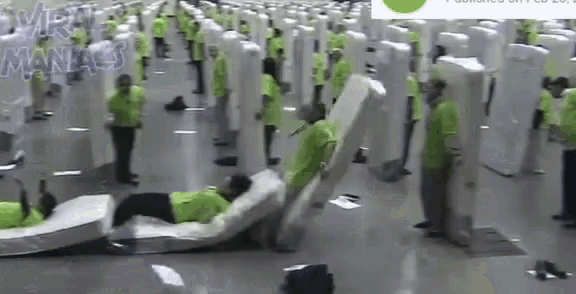Over recent years, sustainability has become a huge topic in society as the impact of our actions on the planet has become ever clearer and concerning for our futures.
But it’s not all doom and gloom! Many industries and organisations are constantly adapting to reduce their environmental impact, and as more companies adopt this way of thinking, it’s becoming so commonplace that (hopefully) within time the companies more resistant to change will bend to meet the demands of consumers.
So, what’s this got to do with video production? Well, it’s no saint but it certainly isn’t the worst offender of all industries. And as Francis Bacon (thanks Ecosia) once said, ‘knowledge is power’, so now we’re going to dive into some ways that productions can be more sustainable and reduce their carbon footprints.
From the equipment used to the locations chosen for filming, there are many ways that video production can have a negative impact on the environment. I’m going to talk about some of the ways that we can lessen the environmental impact when producing content.
consider sustainability from the get-go.
The earlier in your production process that you are thinking about sustainability, the more opportunity you’ll have to reduce your carbon footprint. Try to run everything through a sustainability filter; consider every aspect of the production and question whether you could make any changes before the ship has sailed on significant decisions!

location, location, location.
The location chosen for filming can have a significant impact on the environment. If you’re planning on shooting abroad then the flights would be the largest element of your carbon footprint for that production; in these instances consider slimming down the crew that you fly out and hiring local crew members. And for whoever you do have to fly out… the less legroom they have, the better it is for the environment (the more people able to fit on the flight, the more carbon-efficient it is). The producers, and in turn clients, will also rejoice for the cost savings (win-win).

If you’re shooting locally, try to encourage crew members who don’t have much equipment to take public transport, or car pool. Try to use electric vehicles where taking public transport isn’t an option. At BearJam, we use the ride hailing app Freenow which uses black cabs in London, which are more or less all electric now, that will allow you to fit more in than a normal car - or if you’re really travelling light then both Uber and Bolt offer EV options; these are the same price as their non-EV offerings but unfortunately there’s not currently an option to book an XL EV.
As a backstop, you can offset any unavoidable carbon emissions through a tree-planting scheme. At BearJam we offset each employee’s day-to-day emissions with a monthly subscription to Ecologi as well as paying to plant additional trees after each project.

use LED lighting.
LED lighting has come a long way in recent years and is finally at the stage where it’s competing with (and sometimes replacing) more traditional HMI fixtures. Companies like Nanlux and Aputure now make fixtures that can match the output of ARRI’s smaller HMIs, and also have the added benefits of running at a significantly cooler temperature. They also use approximately half as much power to output the same amount of light.
reduce waste and cater wisely!
Get your crew on board before the production begins by making them aware of your sustainability goals. If there’s a water source at your filming location, encouraging everyone to bring reusable water bottles and coffee cups is an easy way to reduce plastic use on set. Having two clearly-labelled bins for waste/recycling is a must to make life easier for the crew and prevent things from ending up in landfill when they could have a second chance at life!

Choosing a catering company that serves their food in recyclable or biodegradable packaging can go a long way to reduce plastic use (we use Red Hot Box) and as controversial as it might sound - consider only providing plant-based food on set in an effort to reduce the carbon footprint of the production. Animal agriculture is the single largest driver of global warming and environmental destruction.
the domino effect.

Sharing knowledge and promoting an environmentally conscious set could have a significantly positive effect; going far beyond the positive reduction of carbon from just that production.
Imagine if everyone on set went away more environmentally conscious, religiously taking their refillable water bottle everywhere they go, or realised that they really enjoyed plant-based food and would change their diet as a result? They might then inspire others to make similar changes and be more aware of their environmental impact, and each of those people who they inspire could do the same…..before we know it, the world would be a better place and we’d be heading further down the path towards a brighter, sustainable future where nature can flourish. Video production can be part of the solution!
Will is BearJam's Senior Videographer and advisor for the company's environmental efforts.

.jpeg?width=352&name=0_0%20(6).jpeg)


